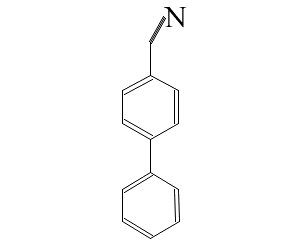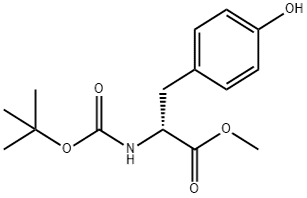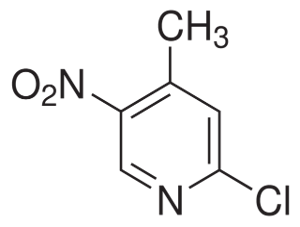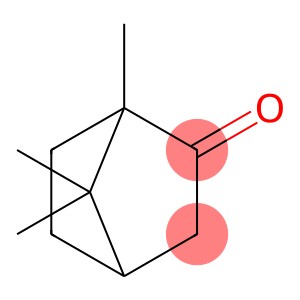p-phenylbenzonitrile(CAS#2920-38-9)
| Hazard Symbols | Xn – Harmful |
| Risk Codes | R20/21/22 – Harmful by inhalation, in contact with skin and if swallowed. R36/37/38 – Irritating to eyes, respiratory system and skin. |
| Safety Description | S22 – Do not breathe dust. S26 – In case of contact with eyes, rinse immediately with plenty of water and seek medical advice. S36/37/39 – Wear suitable protective clothing, gloves and eye/face protection. |
| UN IDs | UN 3439 |
p-phenylbenzonitrile(CAS#2920-38-9) Introduction
4-Cyanobiphenyl is an organic compound.
4-Cyanobiphenyl has the following properties:
1. Appearance: 4-cyanobiphenyl is a white crystalline solid.
3. Solubility: 4-cyanobiphenyl is soluble in organic solvents such as methanol, ethanol and methylene chloride, but insoluble in water.
4. Stability: 4-cyanobiphenyl is relatively stable at room temperature, but decomposition reaction may occur under high temperature, light or strong oxidant.
5. Toxicity: 4-cyanobiphenyl has certain toxicity and is a hazardous chemical, please follow the relevant safety operation procedures to operate.
Safety Information
4-cyanobiphenyl, also known as 4-cyanobiphenyl (PCB), is an organic compound. The following is the safety information about 4-cyanobiphenyl:
1. Toxicity: PCBs are considered a harmful compound. Long-term exposure to PCBs can lead to toxic effects that affect the central nervous system, liver, and immune system.
2. Carcinogenicity: PCBs are assessed by the International Agency for Research on Cancer (IARC) as chemicals that may be carcinogenic to humans. Long-term exposure to PCBs has been linked to cancer development.
3. Environmental impact: PCBs are persistent, difficult to decompose, and have the potential to accumulate in the environment. It is potentially harmful to aquatic life and terrestrial ecosystems.
4. Safe Operation: When handling PCBs, chemical protective gloves, safety glasses, and protective clothing should be worn. Avoid inhalation, ingestion, and contact with PCBs. Operate in enclosed and well-ventilated conditions.
5. Waste disposal: Waste PCBs should be properly disposed of in accordance with the regulations of the relevant countries and regions. It should not be discarded into the environment at will.






![1H-pyrrolo[2,3-b]pyridine-4-carboxylic acid(CAS#479553-01-0)](https://www.xinchem.com/uploads/carboxylicacid.gif)

